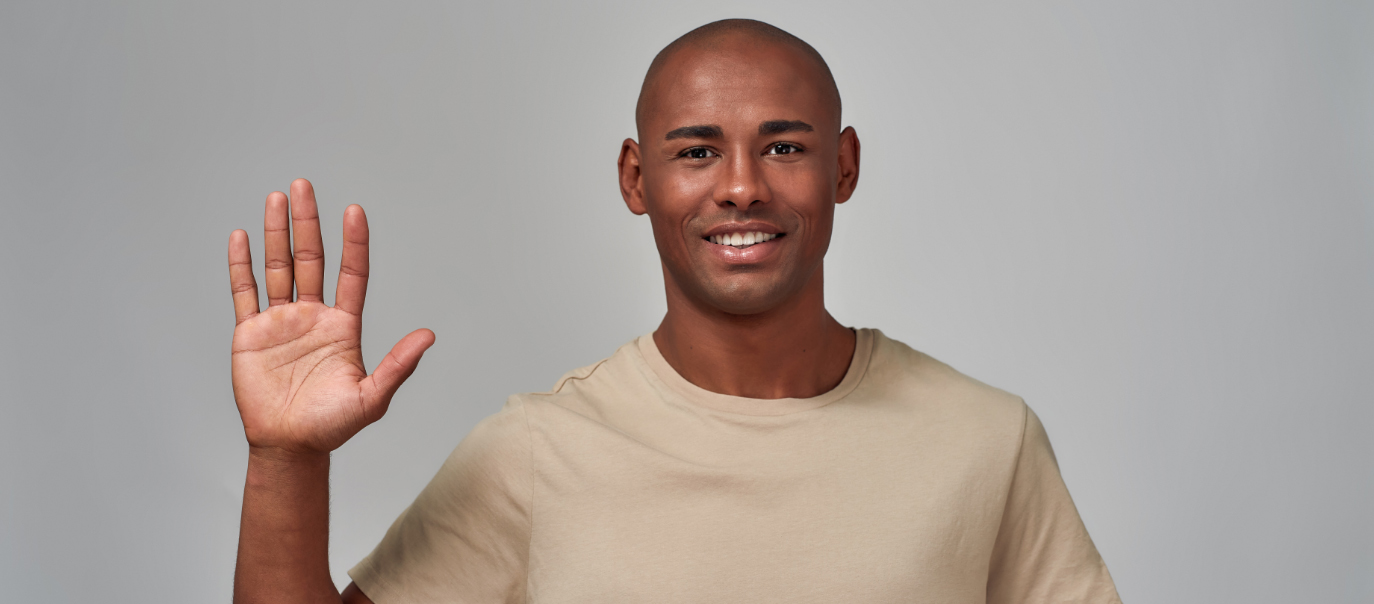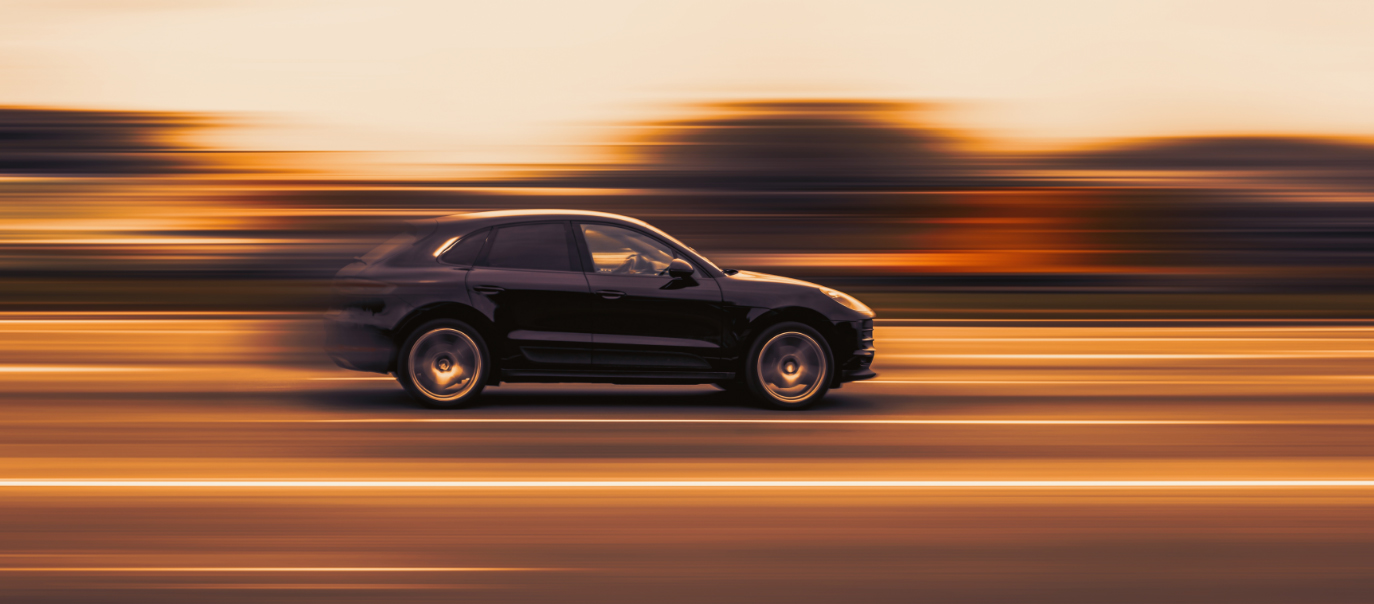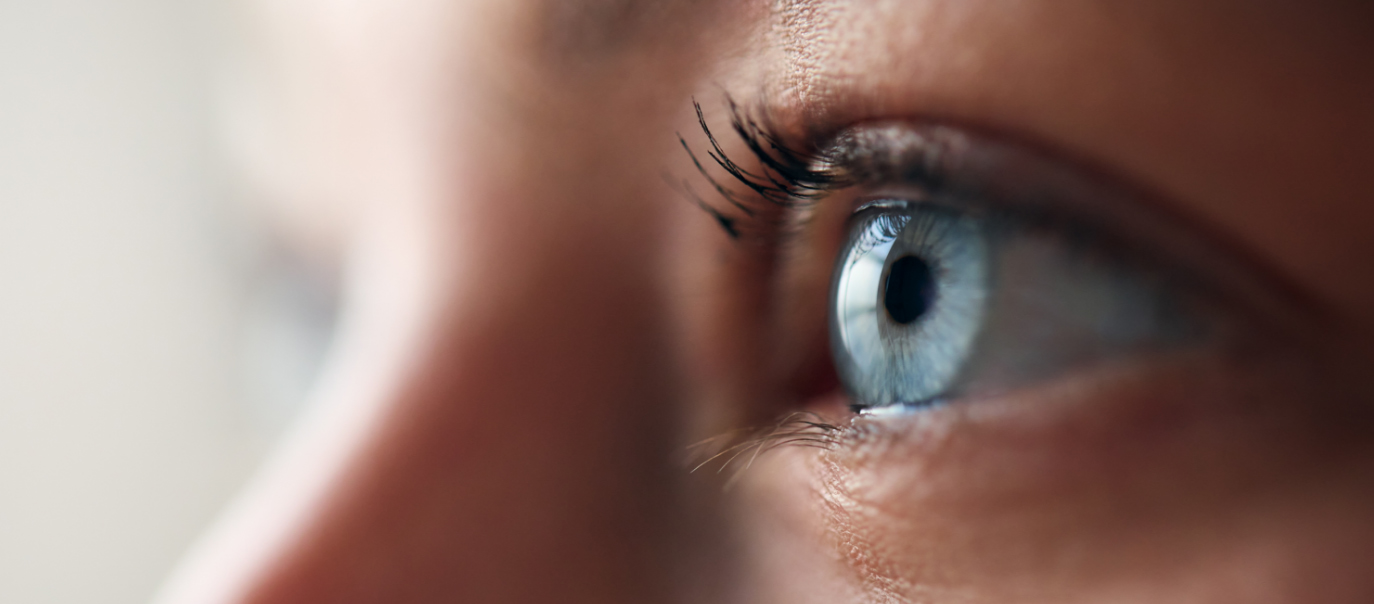We are all a bit different from each other and the modern car will allow for that. What the car designers are looking for is geometric balance. This will allow as many people as possible to be able to use and hence buy their vehicles. How we are and the shape of our bodies not only shapes the car but how we drive.
The first thing that they will start from is the eye datum line. Or put another way where you look. From our seat we need a good view of the road ahead and of the instrument panel. Having established we can see enough to maintain safety and legality we now need free and easy access to the controls. This should be done in such a way to minimise tiredness.
It is not enough to make the car just for the average person. We want as many people as possible to be able to drive it. The cynics amongst you will not be surprised by this act of car manufacture generosity.
We now move into the territory of the cockpit drill. As driving instructors, we are all aware of the effect bad position will have on our pupils and their ability to drive safely. The first thing we want from our pupils is to be able to adjust your car properly.
Why we drive on the left.
The reason we drive on the left is because we are dominant on the right side. Something like 90% of the population is right handed. We traditionally keep left as this allows our stronger right arm to defend us.

This right sided dominance gives us Port and Starboard. Boats were loaded by men lifting with their strong right arms into the left-hand side of the vessel and this left-hand side became the port side. The vessel was steered to the jetty by a paddle or a steer board on the right-hand side using the stronger right arm giving us the starboard side. You still see people in small boats steering using an oar on the right-hand side.
So, the next question is why does most of the world drive on the right hand side if we are dominant to the right and should naturally drive or keep to the left. The answer to this is twofold and is shaped by politics and economics.
The political answer is thought to lie with Napoleon. As he conquered Europe, he decreed that his armies should pass in peace. This meant they moved over to the right and instead of passing with their sword arms being able to be offered to an enemy, they showed the weaker left arm to the people coming towards them.
The next part of the answer is economic. As factories, cities and the roads grew so the economy improved, and we wanted to carry bigger loads from A-B. With an old horse and cart, you could sit up top pretty much in the middle. And if anything was in front or coming toward you, with your dominant right eye you could judge very accurately how much room you had and so kept to the left.
But in the USA they started to carry bigger loads requiring two or more pairs or teams of horses or oxen to pull them. This gave rise to the term teamster and eventually the teamsters union.
As there was nowhere to sit on the wagon the driver would have sat on the rear nearside, which was the left animal nearest the loading side. You would have loaded with your stronger right arm to the nearer left hand side.
This gave the advantage of the teamster righthand (dominant) whip hand would have had access to those animals to control them. When you are sat at high and at the front it doesn’t make any difference which side of the road you are on. But if you are low and with a couple of horses in front of you to accurately judge passing you would have moved over to the right.
Speed Limits

As our vehicles moved from horse and cart to faster mechanically propelled ones and in much greater volumes we started to introduce a series of rules. These rules must work for us as people. So why are most maximum speed limits worldwide nearly always 70 mph (113 kph) or thereabouts.
Besides the physics of it that say the faster you go the more room you need to stop safely, what does 70 mph limit give us. The 100-meter stopping distance is also about as far as you can still see a person and know it is a person. This means we as people can react to another person and we would also know that they have seen us.
Hopefully they would be getting out of our way now or we would have a chance to stop without killing them. This ability to see a person at 100 meters gives us street lamps just under 100 meters apart. At nighttime if you are walking, you want to be able to have some idea of the person in front and their intentions.
The 30-mph speed limit given by the street lamp means that if your car hits a person they have just under 50% chance of death. Drop the speed down to 20 mph and that becomes 5%. This illustrates how our bodies react to impact from cars.
Car Safety

We have just talked about speed limits and seeing people and hopefully avoiding them. What about us, the driver. How are we kept safe if it’s all gone very badly wrong.
Besides the inside bits of the car being made softer to minimise damage to ourselves. We now all wear a seat belt. These belts are designed to work on your bones. Specifically, the diagonal should go across your collarbone and the lap part of it across your hip. The important thing is your bones are solid and will along with a properly fitted belt protect your internal organs.
Over the years cars have grown head restraints. Your head is a large lump of bone with a pointy bit at the back of our heads. This will rotate backwards unless contained by the head restraint. Not adjusted properly it could become a very real pain in the neck.
How you hold the wheel will have a very real effect. If you have adjusted your seat properly your arms will be slightly bent. They will be your shock absorbers. Having two hands on the wheel relatively high will stop you twisting violently if stopping very suddenly and unexpectedly.
Vision

We started this talking about the eye, and we will finish this talking about the eye. The eye itself sits in a socket which defines your field of vision. You can measure your own field of vision by extending your arms and sticking your thumbs out. Move your arms out to the side holding your head still. Stop at the point your thumbs start to disappear and this should give you a range of 180 degrees plus.
As most of us have two eyes which allows us a spare if anything to the other. This gives us a depth of vision as well. However, you can still drive an ordinary car with only one eye. Put your left hand over your left eye. Extend your arm and thumb to the point where it disappeared on the right. Now track its movement as you move right to left. Your view of your thumb to the left is now only limited by the size of your nose.
So, in an ordinary car even with only one eye you will be aware of the width of your vehicle. You cannot drive larger, wider vehicles unless you have some vision in your defective eye. This again is so you are aware of the width of this much wider vehicle.
Inside your eye you see with a series of receptors called rods and cones. The rods are much more numerous being typically about 120 million per eye and measure movement and contrast. They will be responsible for your peripheral vision and will have a limited response to colour which we will look at in a minute.
The cones of which there would only be 6-7 million measure colour. And because of their faster response to the brain, they give more detail. Because of this sensitivity the eye is in continual motion building up a picture of what is happening. This is what we want our learners to do.
These colours to which the cones respond are the red 64%, green 32% and blue 2% which are also the primary colours. This gives us red for danger, green for safety and blue for authority. Yellow being made up of red and green.
From this we now have the colours of the traffic lights and road signs. Our rods have no response to red light. This means at night with our eyes adapted to the dark. A red warning light is not going to wash away the rest of our vision. Because there is some response to blue from the rods, we become very aware of blue lights from the emergency services.
Eyes are sometimes described as windows to the soul. A professional eye examination can also be a window to good health. These checks can detect a range of conditions such as high blood pressure. They should be done at least every two years. When was yours last checked?
© Liam Greaney
driving-pro.com

ADI Survey 2024 from DVSA: Results are in!
Lynne Barrie ADI, ORDIT trainer and ADINJC President: DVSA carry out an annual ADI survey[…]
Read Now
Top 10 driving test failures and expert tips for ADIs
Earlier in the year the DVSA published an updated list of the reasons why learner[…]
Read NowCategories
Recent Posts
Get In Touch
Create a free acccount or login
To continue reading this information, you need a free account that can be created in under a minute. Join today or login
Like to be kept informed?
Our free Lite membership delivers newsflashes and weekly roundups directly to your inbox, so you never miss a beat. Or become a Premium member to enjoy the wide-ranging support & benefits we offer.

Share This: